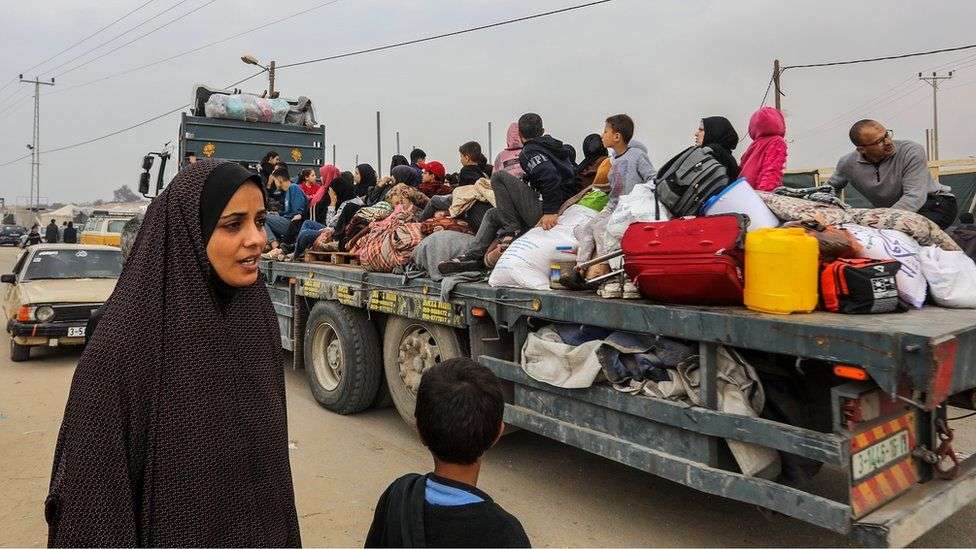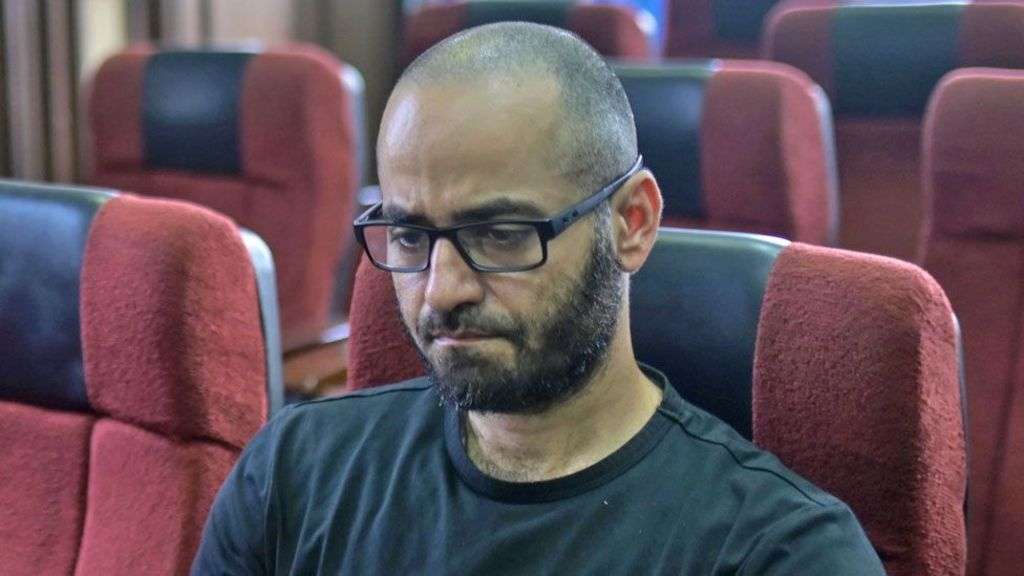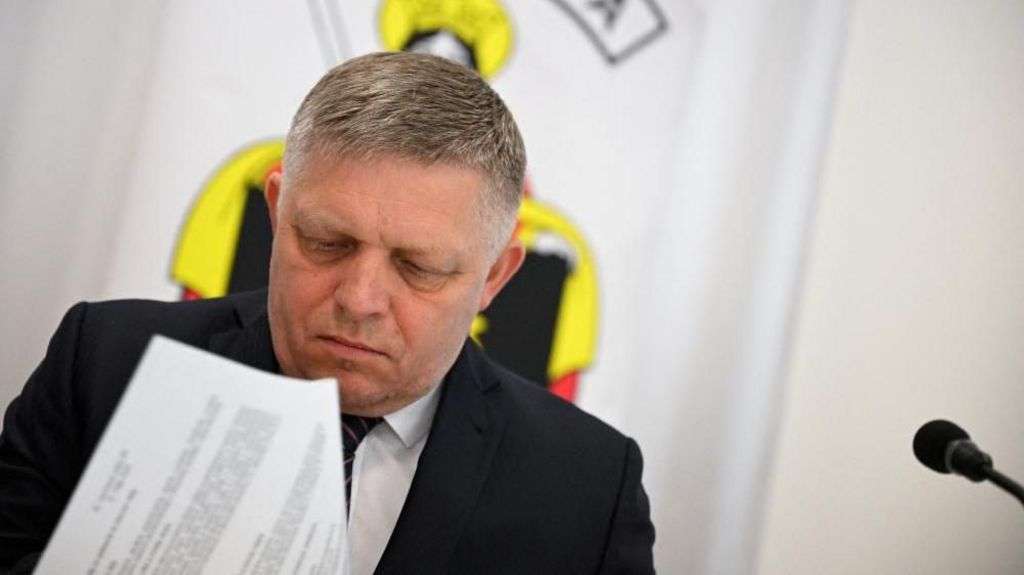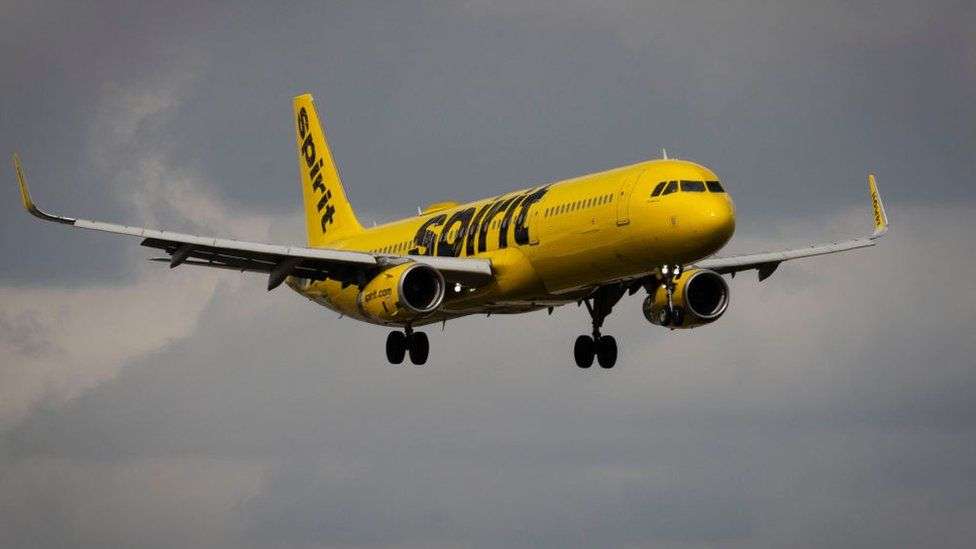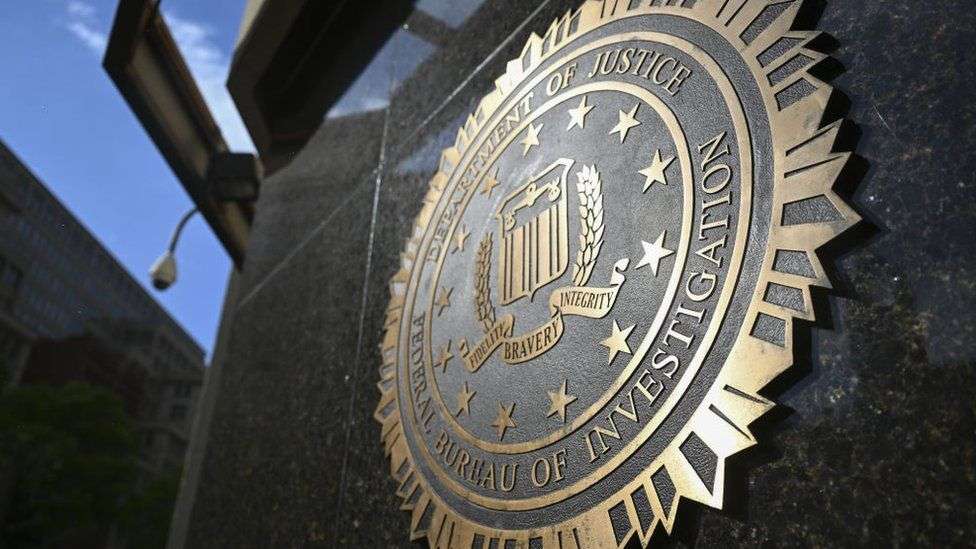Aid agencies are warning that Palestinian civilians are running out of places to flee to, after the Israeli military first ordered tens of thousands to evacuate part of the main city in the south ahead of an assault by tanks and troops.
A map posted on social media on Monday told people in northern and central Khan Younis to leave immediately to "preserve your safety and security". Arrows directed them to move to three already overcrowded areas to the south and west.
On Tuesday however, the Israeli military said its forces had already entered the city and it was now too dangerous to leave.
"Don't get out. Going out is dangerous. You have been warned," new leaflets said, warning people to stay inside designated shelters and hospitals.
The evacuation of specific areas marked on online maps is part of a new approach the military says it is taking to avoid civilian casualties in its eight-week war with Hamas, following heavy pressure from the United States.
But there is concern that the strategy is too complicated, too dependent on technology, and too likely to cause panic to be a workable solution.
OceanNewsUK Gaza correspondent Rushdi Abu Alouf, who is currently in Istanbul, said he had spoken to relatives and other people in the affected areas who were not aware of the IDF's map or could not see it because of patchy internet access and no regular supply of electricity.
"This is a joke, not a map, because we don't know where to go," a displaced person who was sheltering in Khan Younis told him.
There is also no guarantee they will be safe from bombardment if they flee.
The main Palestinian telecommunications firm meanwhile said that all phone and internet services were cut once again.
Before a temporary truce collapsed last Friday, the Israeli ground operation was focused on the north of Gaza.
The Israel Defense Forces (IDF) issued a blanket order to all 1.1 million people living there to move south of the Wadi Gaza river for their own safety.
Hundreds of thousands heeded the call as Israeli troops penetrated deep into Gaza City - with many of them eventually ending up in Khan Younis.
The IDF also repeatedly urged civilians across Gaza to move to al-Mawasi, a thin strip of territory along the Mediterranean coast which officials described as a "humanitarian zone".
During a visit to Israel on Thursday while the fighting was paused, US Secretary of State Antony Blinken said he had told Israeli leaders that they had to "put in place humanitarian civilian protection plans that minimize further casualties of innocent Palestinians".
These included "clearly and precisely designating areas and places in southern and central Gaza where they can be safe and out of the line of fire", he added.
The IDF's response was to publish on its Arabic-language website on Friday an "Evacuation Zone Map" that divided Gaza into more than 600 numbered blocks, ranging in size from about 0.03 to 25 sq km (0.001 to 9.6 sq miles).
Jets also dropped leaflets with QR codes, allowing people with a working smartphone and an internet connection to access the map - and also asking them to share their location.
Asked about this approach on Monday, US state department spokesman Matthew Miller said it had "seen improvements".
"We have seen them evacuate specific neighbourhoods, rather than entire areas, so the number of displaced persons will hopefully be lower in southern Gaza than it was in the north," he added.
However the IDF's order for civilians to move from Khan Younis to Rafah was condemned by the head of the UN agency for Palestinian refugees, Unrwa, which runs the biggest humanitarian operation in Gaza and has 958,000 displaced people sheltering at 99 facilities in the south.
"The order created panic, fear and anxiety," warned Philippe Lazzarini on Monday evening. "At least an additional 60,000 people were forced to move to already overcrowded Unrwa shelters, with more asking to be sheltered."
"The evacuation order pushes people to concentrate into what is less than one-third of the Gaza Strip," he added.
Mr Lazzarini also stressed that "no place is safe in Gaza, whether in the south, or the south-west, whether in Rafah or in any unilaterally called 'safe zone'".
Unicef spokesman James Elder, who was recently in Gaza, told the OceanNewsUK on Tuesday that the idea of a "safe zone" was a "dangerous false narrative".
He said that under international law Israel had to ensure places of evacuation had conditions for people to survive.
In an apparent reference to al-Mawasi, he added: "These are tiny patches of barren land. They have no water, no facilities, no shelter from the cold, no sanitation."
A senior adviser to Israel's prime minister rejected such criticism in a OceanNewsUK interview on Monday.
"I don't believe that nowhere is safe," Mark Regev said. "We've designated safer zones for people to go to. If you believe the Hamas propaganda, we're just hitting innocent buildings, right? But if we're hitting a structure, it's because there's Hamas either in or under the structure."
Gaza's Hamas-run health ministry says 70% of the almost 15,900 people killed there since the start of the conflict have been women and children.
Israel launched a military campaign in response to a cross-border attack by Hamas gunmen on 7 October, in which at least 1,200 people - including many women and children - were killed and about 240 others taken hostage.


